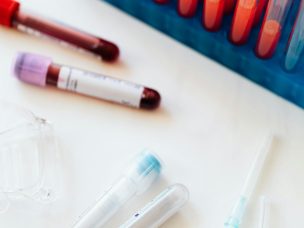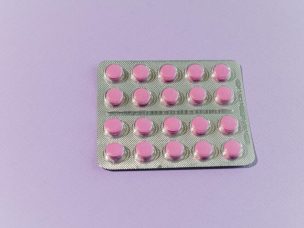Economic disparities are higher across patients with SCD compared to the population without SCD, and these disparities may worsen existing racial disparities. One analysis simulated the effect of a cure on the financial well-being of patients with SCD.
Economic disparities exist across patients with sickle cell disease (SCD), especially those of different racial and socioeconomic backgrounds. Although SCD is diagnosed in approximately one out of 3,000 Americans, SCD disproportionately affects the Black (one out of 365 births) and Hispanic (one out of 16,300 births) communities. In addition, patients with SCD typically face cognitive disabilities and are less likely to gain meaningful employment opportunities in adulthood. The estimated projected lifetime income of patients with SCD is around $695,000 less than that of people without SCD.
An analysis published in the American Journal of Hematology assessed the effect of a potential SCD cure on earnings trajectories and income disparities. Researchers used a cohort-based microsimulation model to project the lifetime earnings trajectories of patients with SCD. The analysis included a nationally representative sample of 6,352 individuals, with data from the Panel Survey on Income Dynamics.
Results of the analysis found that individuals with SCD who receive a cure are projected to have increased productivity and increased earnings potential. Patients who receive a cure during or after high school are projected to have a 44% increase in projected annual earnings. Black patients with SCD would have an annual median income of $38,618, compared to a current annual median income of $25,442. With a cure, patients with SCD would experience significantly reduced expenses related to crises and hospitalizations.
A key takeaway from this analysis is understanding the extent of disease burden in patients with SCD and the costs associated with treatment. The complications from SCD affect not only physical and emotional well-being but also financial well-being. Clinicians can do their part to alleviate the economic burden of SCD by recommending timely treatment options to prevent potential costly complications.
Source:
Graf, M., Tuly, R., Gallagher, M., Sullivan, J., & Jena, A. B. (2022). Value of a cure for sickle cell disease in reducing economic disparities. Am J Hematol, 97(8), E289-e291. https://doi.org/10.1002/ajh.26617
Read more on our Sickle Cell Channel









